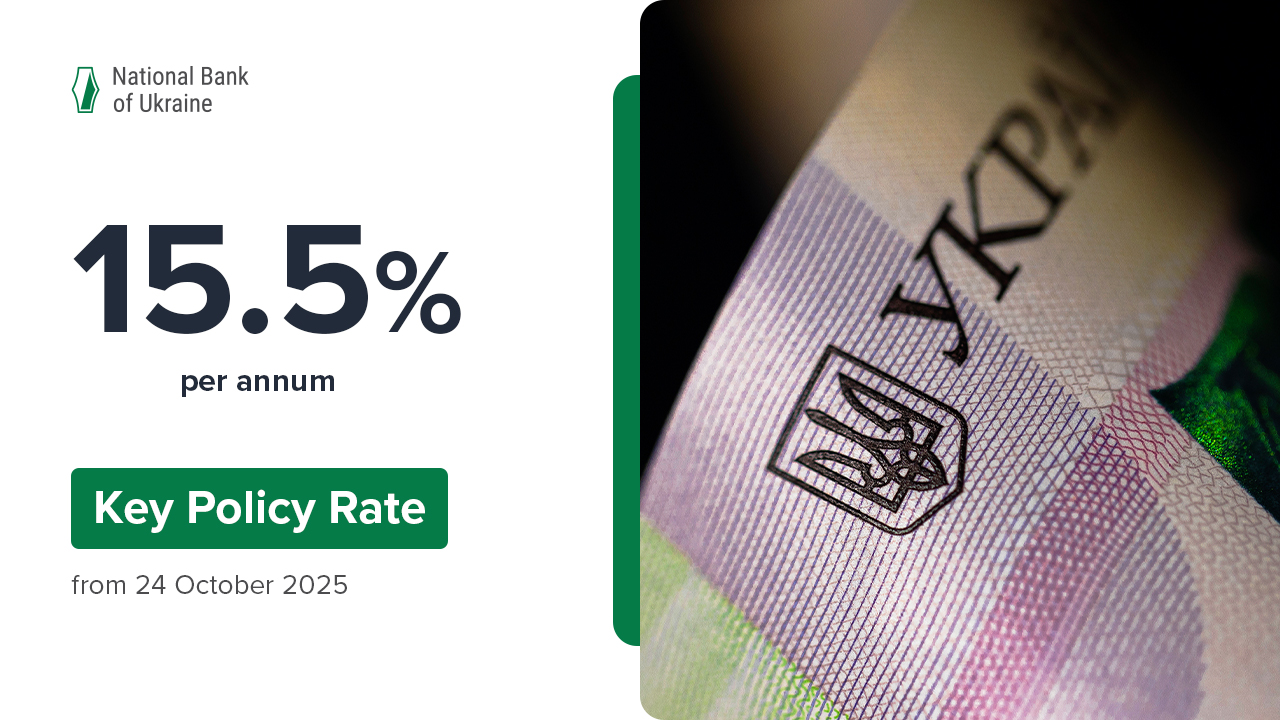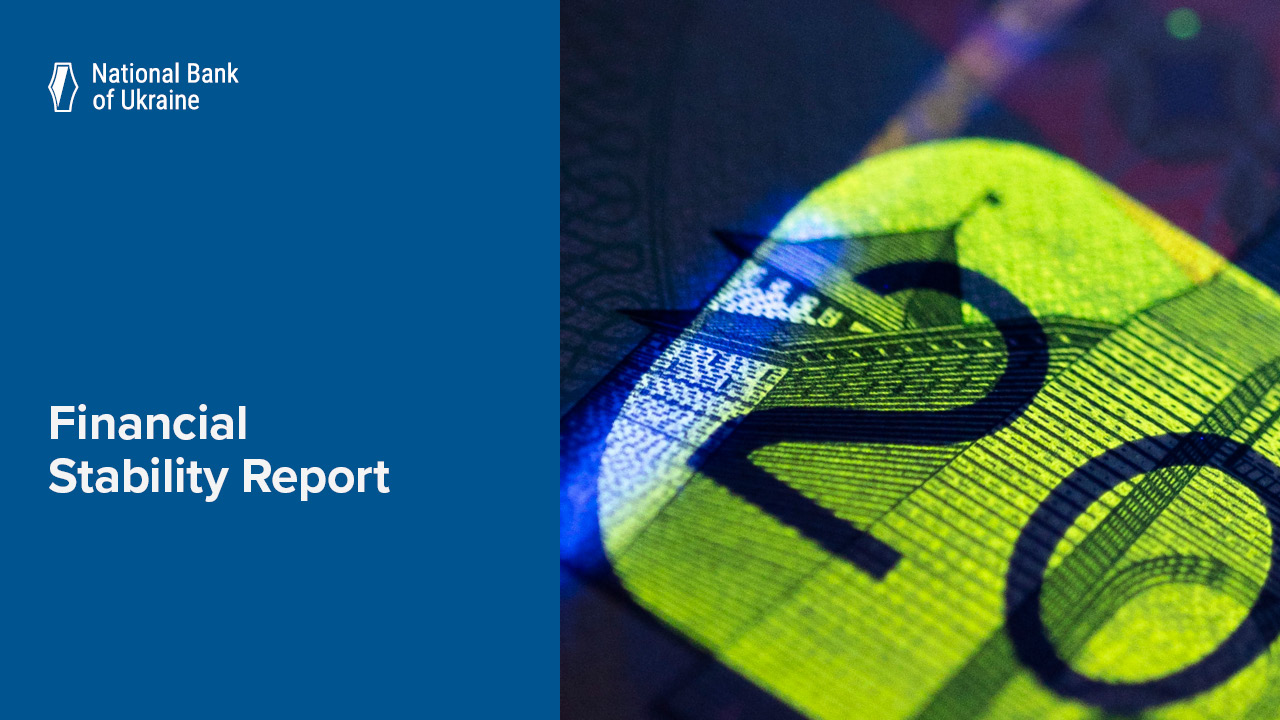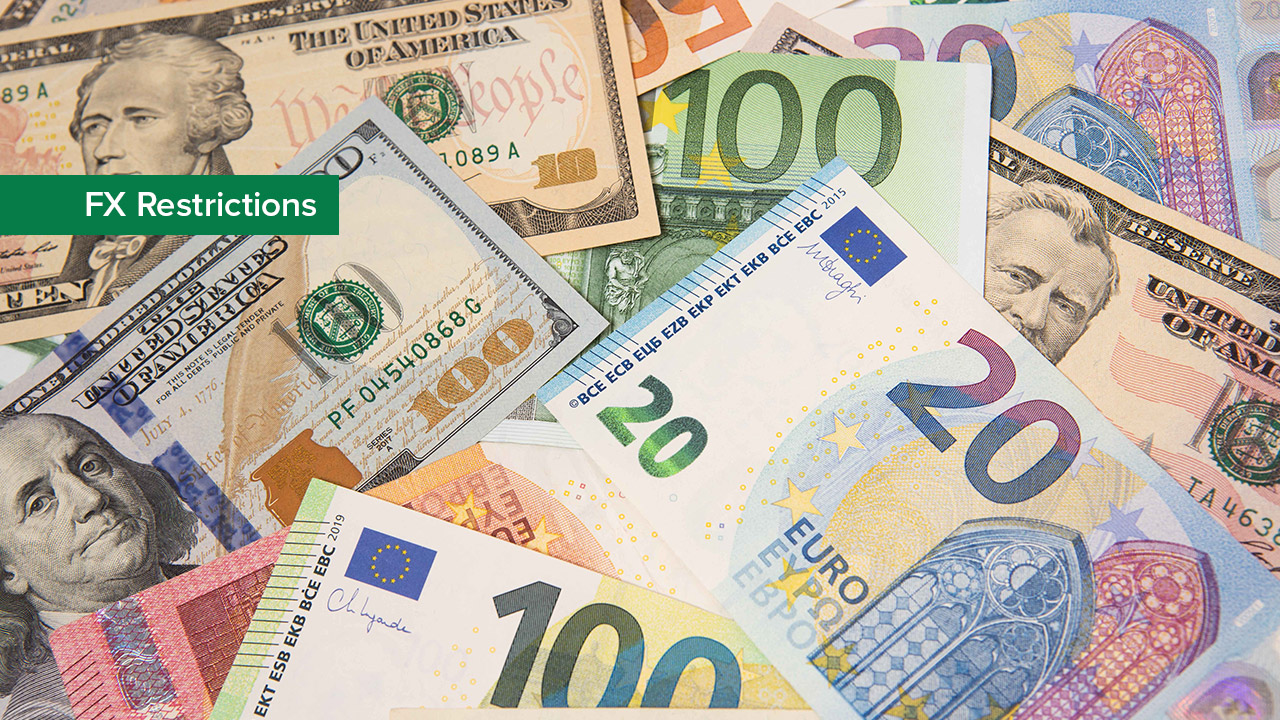As expected, the Ukrainian economy lost momentum in Q1 2017. In the first three months of 2017, real GDP growth slowed to 2.5% yoy (versus the previously projected 2.4% yoy) and to 0.3% qoq in seasonally adjusted terms, according to the first-quarter detailed GDP data published by the State Statistics Service of Ukraine.
The annual real GDP growth rate came in below the NBU’s projection of 3.0% yoy based on output figures in key sectors, which was published in the Inflation Report (April 2017).
Overall, however, a slowdown in annual real GDP growth was anticipated.
First, unlike late 2016, the crop production industry made no positive contribution to GDP growth (crop production data are reflected in agricultural output statistics only from June through December).
Second, freight traffic going to and from the non-government controlled areas of Donbas was halted and some companies operating in Donetsk and Luhansk oblasts were seized since mid-Q1 2017.
As a result, gross value added (GVA) in the agricultural and industrial sectors declined again (by 0.7% yoy and 0.8% yoy respectively).
Meanwhile, GVA of construction grew at a faster pace (21.3% yoy), reflecting high investment demand. Growth of GVA in the trade sector also accelerated to 3.1% yoy, driven by a pick-up in retail trade. The GVA growth in the transportation, warehousing, postal services and couriers sector also accelerated to 4.7% yoy, which, among other things, can be attributed to higher volumes of natural gas transit and imports.
Across sectors, for which high-frequency monthly output data are not available, the performance of the services sector, which rely heavily on public financing, unexpectedly deteriorated: the GVA decline in the education sector deepened (to 2.8% yoy) and the GVA in the health care sector decreased to 6.8% yoy, including due to a reduction in budget spending on medical supplies). A substantial negative contribution of these sectors to a change in GDP, which surprised on the downside, caused real GDP growth to fall short of the NBU’s projection in Q1 2017, which was published in the Inflation Report (April 2017).
In terms of real GDP by final expenditure category, in Q1 2017, investment growth gained momentum (20.1% yoy). In particular, the growth of investment into machinery and equipment accelerated markedly to 44% yoy. Investment into agriculture, transportation companies and the health care sector continued to grow at a fast pace.
Growth of private consumption also accelerated to 2.8% y-o-y. Such growth rates outperformed the NBU estimates for Q1 2017. However, they were in line with expectations that private consumption will become the main driver of real GDP growth in 2017. Public sector consumption rose by 4.2% yoy, reflecting a substantial increase in in individual consumer spending, driven by high budget expenditures for utility subsidies to households.
The contribution of net exports remained negative, albeit being lower than previously expected. Following a rebound in late 2016, exports declined by 0.4% yoy, reflecting a reduction in the volumes of exports of metals and iron ore. Meanwhile, import growth slowed sharly (to 2.9% yoy), primarily driven by a decline in food imports.
The NBU projects economic growth to slow further in Q2 2017. The negative effect of the suspension of freight transport and the seizure of mining and metallurgical enterprises in the non-government controlled areas continued to weigh on the industrial sector performance in Q1 2017.
In addition, some industries were adversely effected by additional factors weighing on their performance. The early completion of the heating season and the suspension of the operation of the thermal power stations run on anthracite coal caused a deep decline in electricity production.
According to NBU estimates, continued to increase in Q2 2017, spurred by increasing real wages and expectations of a further strengthening of the hryvnia against the US dollar
However, despite a pick-up in private consumption and robust investment demand, current GDP and its components’ developments point to heightened risks that GDP growth may come in below the NBU’s year-end GDP growth projection of 1.9%, which was published in the Inflation Report (April 2017).






